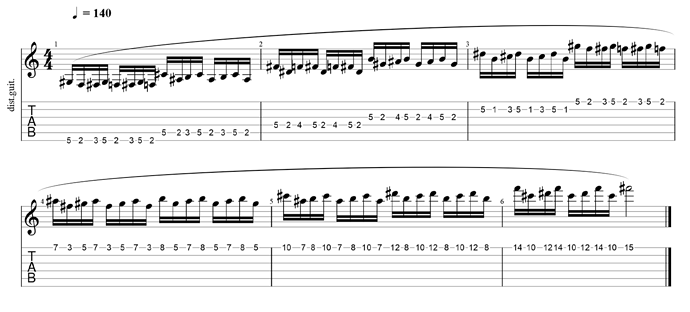I tried them out a bit but honestly they did nothing besides make me play those patterns faster, as mentioned, non transferable. You’re better off going and learning some actually musical patterns you like.
Also listen to your body and try out different movements as much as possible if something isn’t working - tooling around as Troy says. And not just picking movements. When I do legato I’ll sometimes get my whole arm swaying to get momentum if the pattern allows for it, and I’ve found getting the neck sitting just right in terms of angle both an upward and forward (away from the body) has helped both right and left hand movement. Even upper body posture as a whole makes a difference.
But doing finger independence exercises does not play into any part of my practice routine.
Playing example if it’ll lend some authority to that claim:


 What do the violinists say about this topic?
What do the violinists say about this topic?
